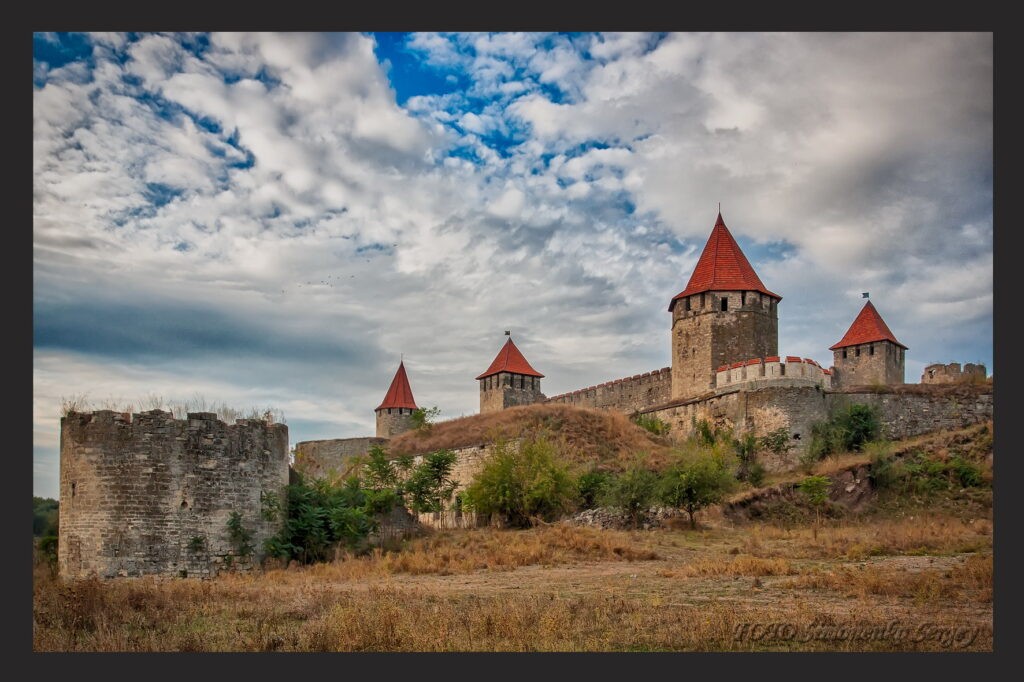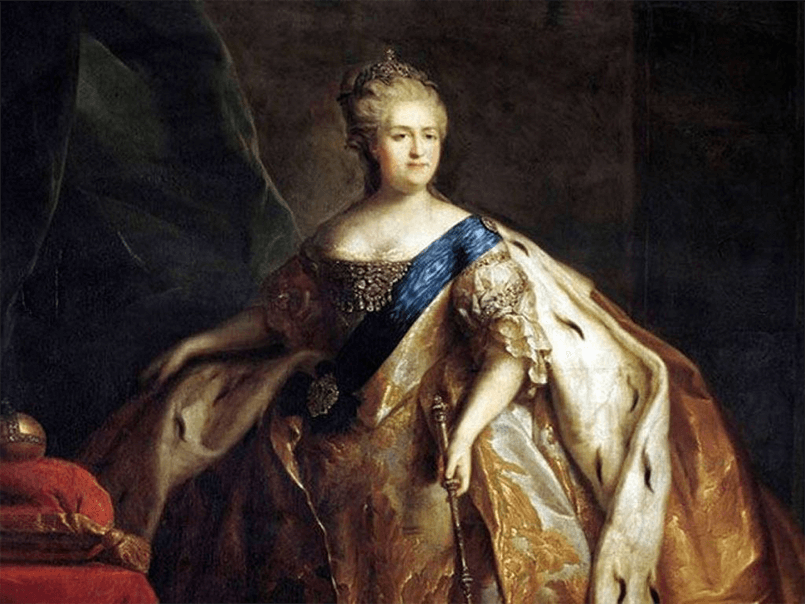
Бендерская крепость – одно из древнейших сооружений нашего края, ее история уникальна. Еще в ХIII веке сюда, из Черного моря от крепости Аккерман, по реке Днестр поднялись генуэзские суда. Генуэзцы – мореплаватели и торговцы, на высоком правом берегу реки строят крепость-факторию, чтобы обезопасить себя и свои товары, и самое главное, существующую переправу.
В 1538 году Османская империя после падения Крыма завоевывает Молдавское княжество и, по приказу султана Сулеймана I Кануни, на этом месте с помощью итальянских инженеров расширяет и перестраивает генуэзскую факторию. К 1541 году здесь уже стоит возведенный по западноевропейскому образцу 8-башенный замок. Построены левобережные укрепления, контролирующие не только переправу, но и портовые сооружения на реке. В 1584 году для защиты от набегов казацких, молдавских и польских отрядов, которые наносили серьезные повреждения крепости, по приказу турецкого султана в Бендерскую крепость прибывает молдавский господарь Петр Хромой с многочисленным отрядом строителей и приступает к восстановлению разрушенных укреплений. Также для защиты цитадели с трех ее сторон был выкопан глубокий ров, построена Сторожевая башня, строится Нижняя крепость с тремя башнями и дополнительным рвом.
В 1619 году Турция, озабоченная угрозой нападения Польши на ее южные рубежи с целью захвата черноморского побережья и непосредственно Бендер, закладывает фактически новую крепость. На смену замкам с высокими каменными стенами, которые с появлением тяжелой осадной артиллерии уже не могли выполнять в полной мере оборонительные функции, приходят крепости земляного бастионного типа, способные противостоять мощной артиллерии. Архитектор обнес примыкающий к цитадели с Нижней крепостью городской посад широким земляным рвом, в котором уже были спроектированы бастионы и полубастионы, а также артиллерийские площадки. Каменная отделка рва и укреплений во рву окончательно была закончена только к 1708 году. Верхняя часть крепости по своим масштабам и протяженности укреплений стала для тех времен колоссальным фортификационным сооружением общей площадью почти 70 га. и дошла до наших дней примерно в таком виде. Именно такой ее и описал турецкий путешественник Эвлия Челеби. Карл ХII, шведский король, в 1709 годубежавший с остатками своего войска после поражения под Полтавой с гетманом Мазепой и его казаками, более трех лет провел под стенами Бендерской крепости. После смерти Ивана Мазепы гетманом войска Запорожского становится Филипп Орлик, который пишет «Пакты и конституции законов и вольностей Войска Запорожского», в этом документе, за 77 лет до принятия американской конституции, власть разделена на три ветви: законодательную, исполнительную и судебную. В составе русских войск под командованием фельдмаршала Миниха был и Карл Фридрих фон Мюнхгаузен. Летом 1738 года по левому берегу реки Днестр русская армия, в которой был и Мюнхгаузен, подошла к Бендерской крепости. Именно над нашей крепостью находчивый барон летал на ядре, сначала на русском, затем на турецком, и возвратился в расположение русских войск. Миних крепость так и не смог взять. Барон Мюнхгаузен впоследствии вернулся в Петербург, откуда вскоре отбыл в Ригу, где дослужился до командира батальона Брауншвейгского кирасирского полка. Он лично, в карауле, встречал прибывшую в Россию будущую императрицу Екатерину II.

Свидетелями трех русско-турецких войн были стены Бендерской крепости. Во время русско-турецкой войны (1768–1774 гг.) русские войска под командованием генерал-аншефа Петра Панина в ночь на 15 сентября 1770 г.штурмом овладели Бендерской крепостью. Но в 1774 году вынуждены были ее оставить по мирному договору, заключенному в Кючук-Кайнарджи. Крепость опять заняли турки. Во время русско-турецкой войны (1787–1791 гг.) русские войска под командованием Г.А. Потемкина в 1789 году подошли к Бендерской крепости. Благодаря победам А.В. Суворова при Рымнике, сдаче турками крепостей Очаков и Аккерман, в ответ на ультиматум крепость 4 ноября 1789 года капитулировала. По Ясскому мирному договору правый берег Днестра с крепостью опять отходит Турции, русские войска вновь покидают Бендерскую крепость.
И в 1806 году, когда Наполеон занимал без боя государства Европы, корпус русской армии под командованием генерала Мейендорфа подошел к Бендерской крепости, с помощью щедрых подарков и подкупа сераскира крепости Гассан-паши русские войска вошли в крепость. 18 декабря 1806 г. султан объявил России войну, которая длилась до 1812 г. По Бухарестскому мирному договору крепость навсегда переходит России, входит во вновь образованную область Российской империи – Бессарабию. Иван Котляревский, украинский писатель, участвовавший в освобождении крепости от турок, в 1806 году описал это событие в «Журнале боевых действий корпуса генерала от кавалерии К.Мейендорфа».
Русскими военными инженерами разрабатывается план перенесения города от стен крепости на берег Днестра. Фактически строится новый город. С 1812 года и до начала Первой мировой войны в крепости и городе дислоцируются более 100 полков и подразделений русской императорской армии, включая и 55-й пехотный Подольский полк, который оказал существенное влияние, как на вид города, так и на его историю, простояв в городе более 30 лет.
C этого момента Бендерская крепость становится крепким тылом русской армии: в крепости строятся многочисленные склады оружия, припасов, продовольствия. Также строится госпиталь 1-го класса. В 1833 году закончено строительство крепостной церкви Александра Невского. За период с 1822 по 1916 гг. город и крепость посетили четыре российских императора: Александр I в 1822 г., Николай I в 1828 г., Александр II в 1861 г. и в 1871 г., Николай II в 1916 г. Крепость дважды попадает под румынскую оккупацию: после Первой мировой-войны, с 1918 по 1940 год, и во время Великой Отечественной войны, с 1941 по 1944 год. Начиная с 1946 года в крепости постоянно дислоцируется 2-й отдельный тяжелый сводный понтонный полк, а также различные подразделения Советской армии. Именно в этот период крепость начинает застраиваться современными зданиями.
С 2008 года начата планомерная реконструкция этого уникального памятника средневековой фортификационной архитектуры.